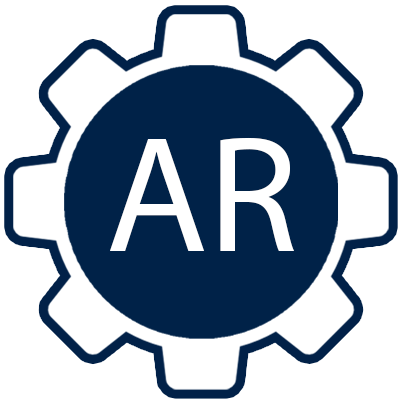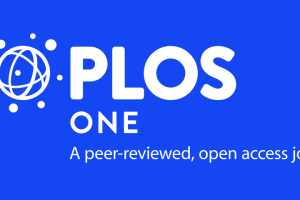New accepted paper at PLoS ONE
A joint paper by GTMD members Javad Salimi Sartakhti, Dr. Manshaei, Dr. David Basanta, and Dr. Mehdi Sadeghi on Evolutionary emergence of angiogenesis in avascular tumors using a spatial public goods game has been accepted to the PLoS ONE journal.
Below, find an abstract of the paper:
Natural selection in cancer often results in the emergence of increasingly malignant tumor cells that display many if not all of the hallmarks of cancer. One of the most important traits acquired during cancer progression is angiogenesis. Tumor cells capable of secreting proangiogenic factors can be seen as cooperators where the improved oxygenation, nutrient delivery and waste disposal resulting from angiogenesis could be seen as a public good. Under this view, the relatively costly secretion of molecular signals required to orchestrate angiogenesis would be undertaken exclusively by cooperating tumor cells but the benefits of angiogenesis would be felt by neighboring tumor cells regardless of their contribution to the process. In this work we detail a mathematical model to better understand how clones capable of secreting pro-angiogenic factors can emerge in a tumor made of non-cooperative tumor cells. Given the importance of the spatial configuration of the tumor in determining the efficacy of the secretion of pro-angiogenic factors as well as the benefits of angiogenesis we have developed a spatial game theoretic approach where interactions and public good diffusion are described by graphs. The results show that structure of the population affects the evolutionary dynamics of the pro-angiogenic clone. Specifically, when the benefit of angiogenesis is represented by sigmoid function with regards to the number of pro-angiogenic clones then the probability of the coexistence of pro-angiogenic and angiogenesis-neutral clones increases. Our results demonstrate that pro-angiogenic clone equilibrates into clusters that appear from surrounding vascular tissues towards the center of tumor. These clusters appear notably less dense after anti-angiogenic therapy.



